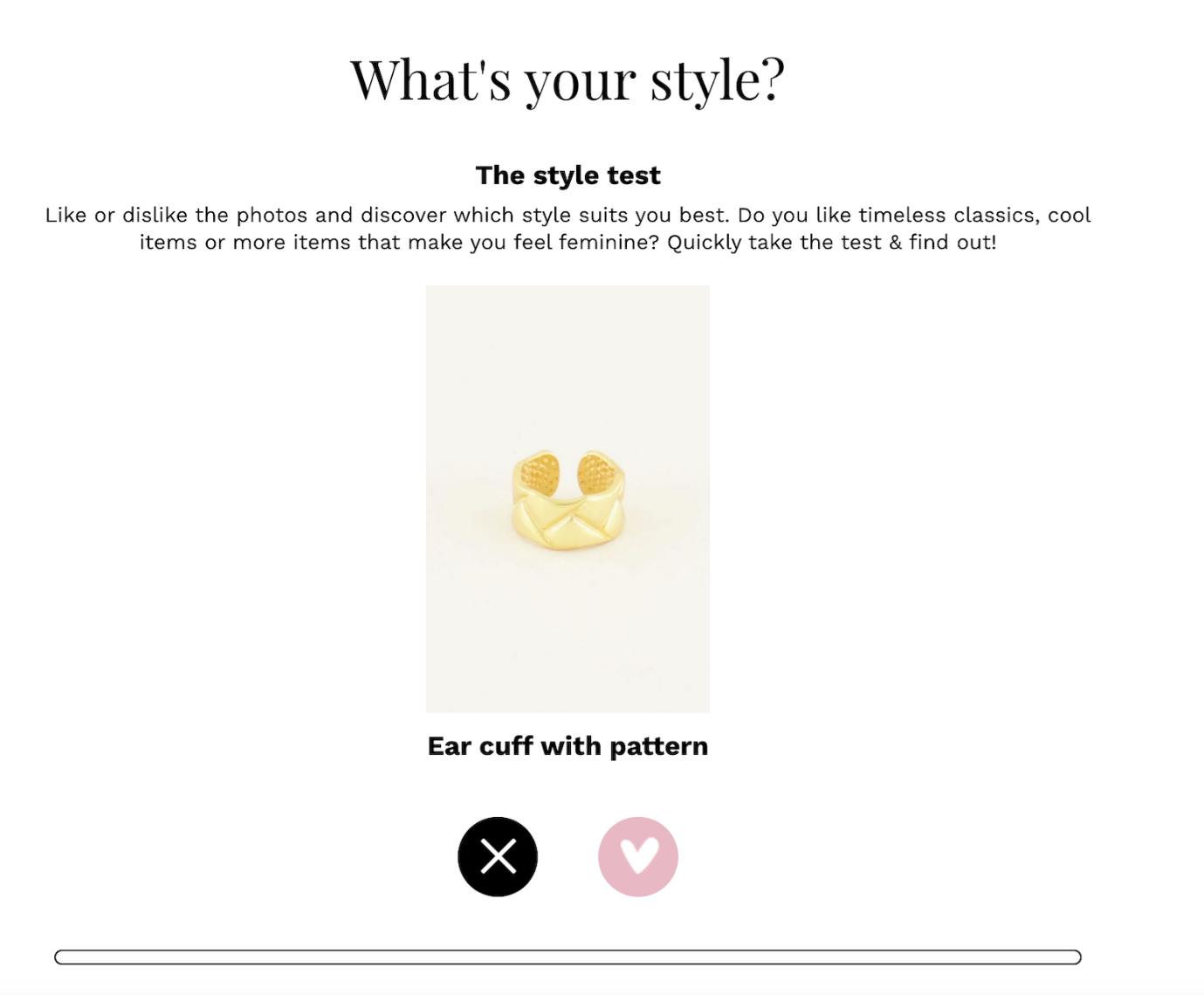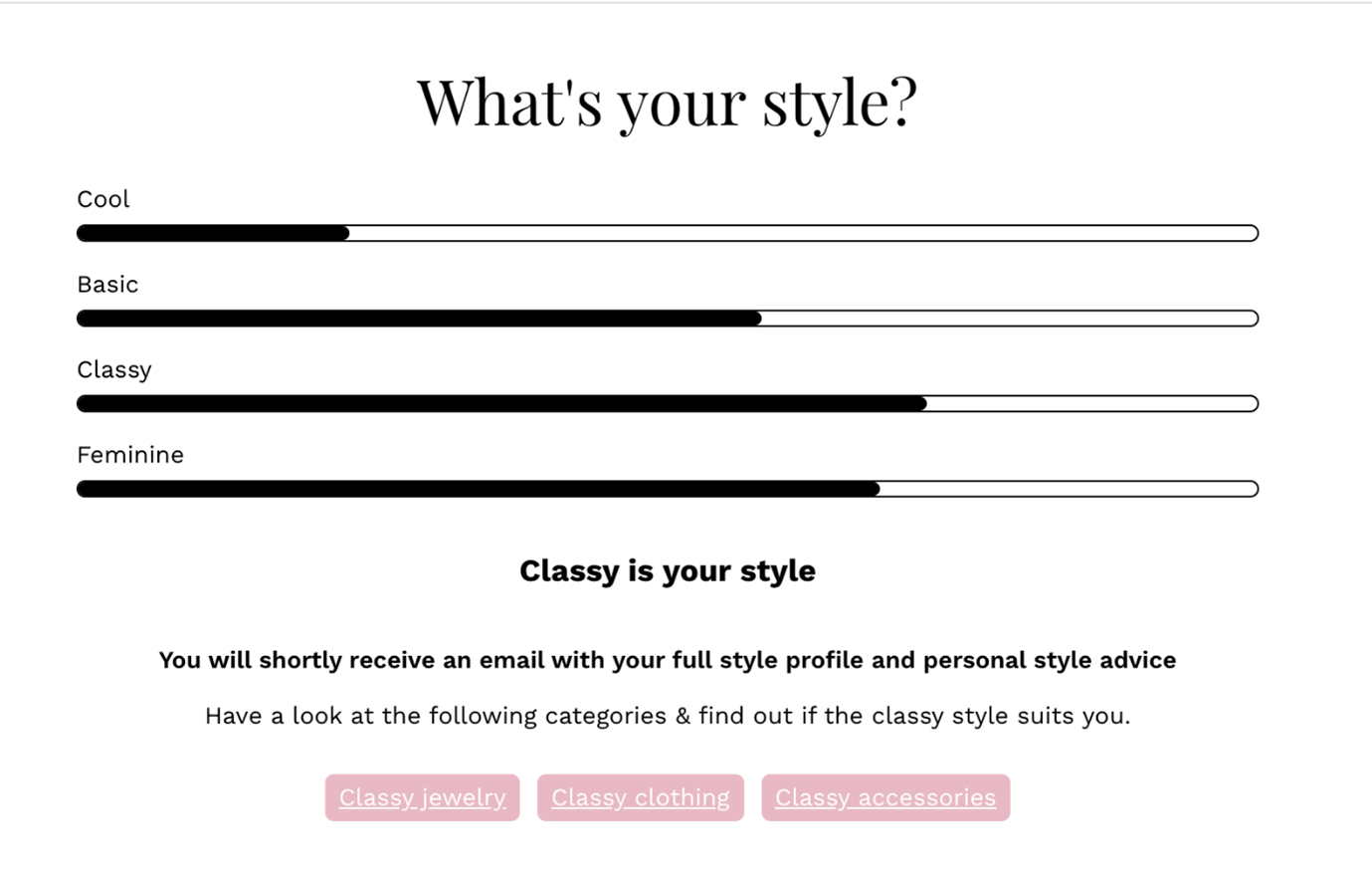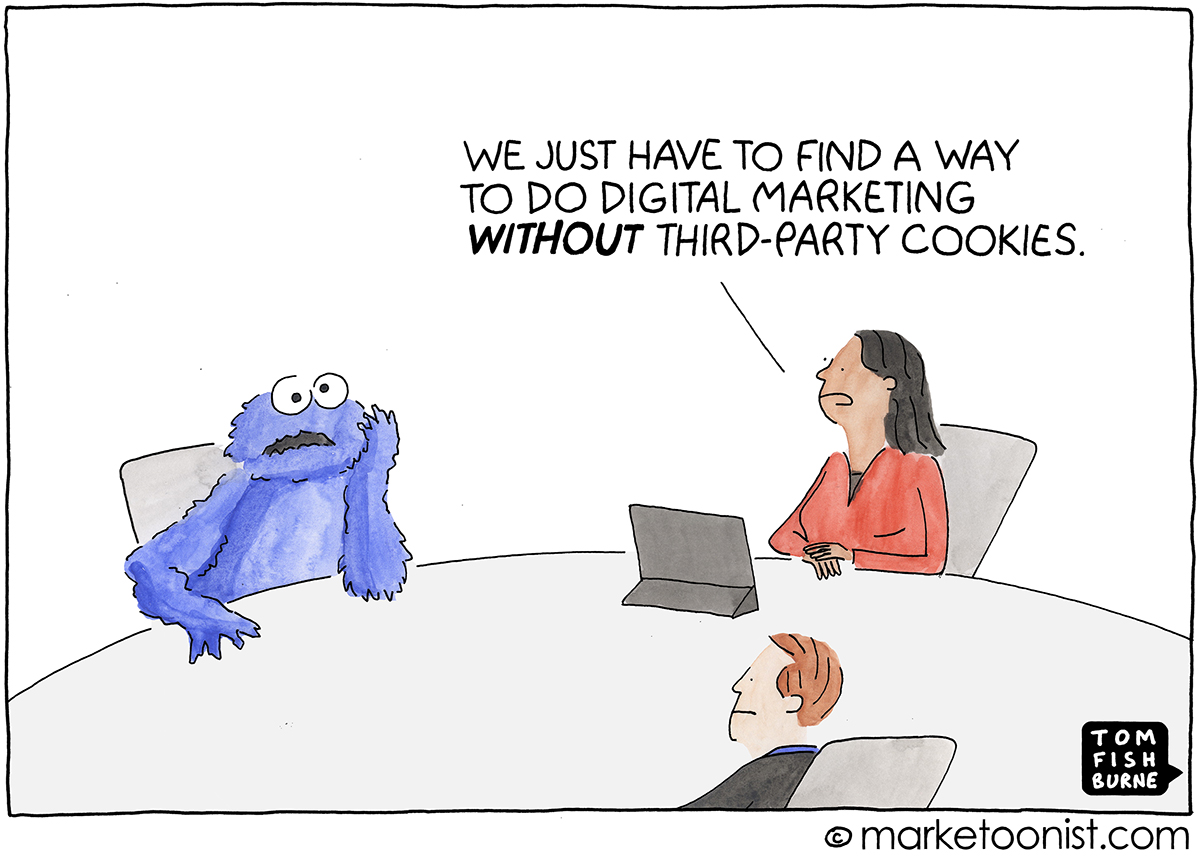"Zero Party" doesn't sound like much of a compliment. In fact, I'm pretty sure some of my birthdays have been called a "Zero Party".
-1.gif?width=597&height=398&name=new%20feature%20images%20for%20popular%20blogs%20(1)-1.gif)
But Zero Party Data actually has a lot of fans. It'll have plenty of people turning up to its events, I bet. And it's all down to this category of data's ability to adapt to the changing needs and wants of the consumer.
Within the last few years especially, consumers have been growing more and more aware about how their data is gathered, stored, and used. This has meant that companies are having to change their data practises in order to maintain their customers' trust.
Oh, and it's not just based on the generosity and empathy of brands - plenty of legal frameworks have been put in place to guarantee everything's above board (see GDPR). In fact, recently, a lawsuit was brought against Oracle and Salesforce for their use of 3rd party tracking cookies which could end in fines in excess of €10B.
But all this makes the balance between data collection and privacy increasingly difficult. Customers are making concerted efforts to maintain their data privacy. Recently, it was revealed that 96% of US users opted out of app tracking in the iOS 14.5 update. But on the other hand, consumers demand higher levels of personalisation than ever.
This is where zero-party data comes in. However, in the past, this data has been slow to turn into actionable insights, and are generally disconnected from business operations. A bunch of customer responses, randomly collected at a bunch of different touchpoints and times in the lifecycle, doesn't communicate much.
So, how can you gather and use zero party data in an effective way? And how do you scale the process, to keep the data relevant, timely, and available? Let's have a look. But first, we need to ask:
What is Zero Party Data?
Basically, Zero Party Data is when a customer intentionally and proactively shares their personal or behavioural information with a brand.
It allows a customer to be recognised by a brand in the way they'd like, using preference centre data, purchase intentions, personal content, etc.
Forrester Research, who coined the term, describes it as:
"Zero-party data is that which a customer intentionally and proactively shares with a brand. It can include preference centre data, purchase intentions, personal context, and how the individual wants the brand to recognize [them]."
Zero party data is given freely, and in return the client gets a personalised experience. In this way, it doesn't make sense to collect it for anonymous customers. Zero party data only makes sense for identified customers.
This form of data also tends to give companies a greater insight into customer needs, interests and intent, and explicitly rather than implied. Unlike first party data, which can only offer insight interpreted from purchase history or basic facts like date of birth. So, what's the difference between Zero party data, and all the other types of data? Well, we can have a quick look into:
- First party data. This is information about a client that a company directly collects via its own channels and sources.
- Second party data. Think of this as the same type of data as first party data, but with a different source. Second party involves another company's first party data that is packaged and sold to another.
- Third party data. Third party data is collected from many sources, combined into one dataset, and then packaged and sold to companies. The businesses that sell the data aren't typically the ones who collected it.
"If you buy data from a third party, that is a risky element that could get you in hot water not just with the client for being creepy, but potentially with regulators." - Mark Grannan, Senior Analyst, Forrester
The Value Exchange Economy
All this sounds great, right? Your audience gets a personalised experience, and you get the tools to create this experience. Lovely stuff.
Only thing is this: there's always been a question of the scalability of encouraging consumers to supply this data. A vague promise of a slightly better experience, and a pinkie promise you won't sell their data to Russian hackers doesn't tend to do the job. Instead, you need to offer a value exchange.
In order to scale zero party data acquisition, your customers need to be engaged and entertained. This means offering something in return for their attention or preference data.
So, marketers might consider a few different options. This could look like offering interactive experiences, that encourage interaction, and simultaneously collect research, and accrue an explicit opt-in.
Features such as questionnaires, polls, quizzes, contests, or social stories can utilise reward mechanics that are appealing for customers, and give them a reason to engage and, as a result, provide their zero party data.
The reward doesn't always have to be monetary - a discount or free shipping, for example. Customers are also partial to exclusive content, social media recognition or kudos, personalised recommendations, and loyalty schemes.
So, capturing consumer motivations, behaviours, interests, intentions, and preferences at scale means you provide a truly personalised experience. By offering a value exchange, your customers will provide this information without feeling they've provided more than they're getting back.
Collecting Zero Party Data
How do you get your customers to tell you what products they want, what they want in a service, or even what motivates them to make a purchase? Right, let's have a look at an example.
My Jewellery, a jewellery retailer from The Netherlands, created a style profile test in 2020. The quiz helps shoppers identify which pieces fit their own personal style, in order to gather zero party data from interested visitors and repeat customers.

The quiz, therefore, helped to provide customer personalisation, increased customer service, and reduced the risk of poor data practice for the company.

Keeping Customers, and Keeping Customers Happy
By collecting zero party data, you will receive details about your audience that helps build a complete profile of their needs and wants, at a personal level. As a result, you can then use this data to craft personalised campaigns that are based on their own, provided data. Straight from the horse's mouth. This can also include upselling, because by offering the right products to your customers at scale will create an impact on the bottom line.
Zero part data will also help your brand get a better grasp on the lifetime value of your different customers, and help you develop a profile of potential additional customers that demonstrate similar lifetime value, especially when using a lifetime value predictive model.
This model can help you find and gain loyal subscribers, i.e. customers who are more likely to engage with your brand, increasing your sales and reducing churn. Then, you can use these results and the capability to send conversion signals through ad network API to optimise user acquisition campaigns.
All of this plays on the biggest advantage of zero party data: it's accuracy. Or at least how connected it makes you with your customer. You don't have to question the source; the customer is providing the information they want you to know. It's in their best interest to tell the truth, and streamline the information they want communicated to you.
Collecting Zero Party Data From Other Channels
So, other than your website, where can you collect zero party data? Wherever there's customer interaction, there's the chance to collect zero party data. Basically if you can connect it with a unified customer profile, you can develop a great customer experience.
Therefore, if you want to scale your campaign, and gather more data, you might try sourcing data from:
- Customer service. This basically acts as a direct link to the customer. The feedback they provide is an opportunity to collect data the customer wants you to know, and act on. However, CRM systems are not often connected with marketing systems. So, whatever zero party data you collect from a customer service interaction might not be used to improve the customer experience.
- Email. Most brands ask for feedback from a customer after an interaction, and email is no exception. If you have a single customer view, you can use the zero party data collected from email campaigns to improve the customer experience across all channels.
- In-store. In-store and online experiences have started to blend together. So, companies often look for a way to connect the physical shopping experiences with the virtual one.
For example, Sofology, a furniture retailer, uses tablets in their store to allow customers to design their ideal sofa. The information collected in store was added to their customer profile, and used to create more relevant messaging.

